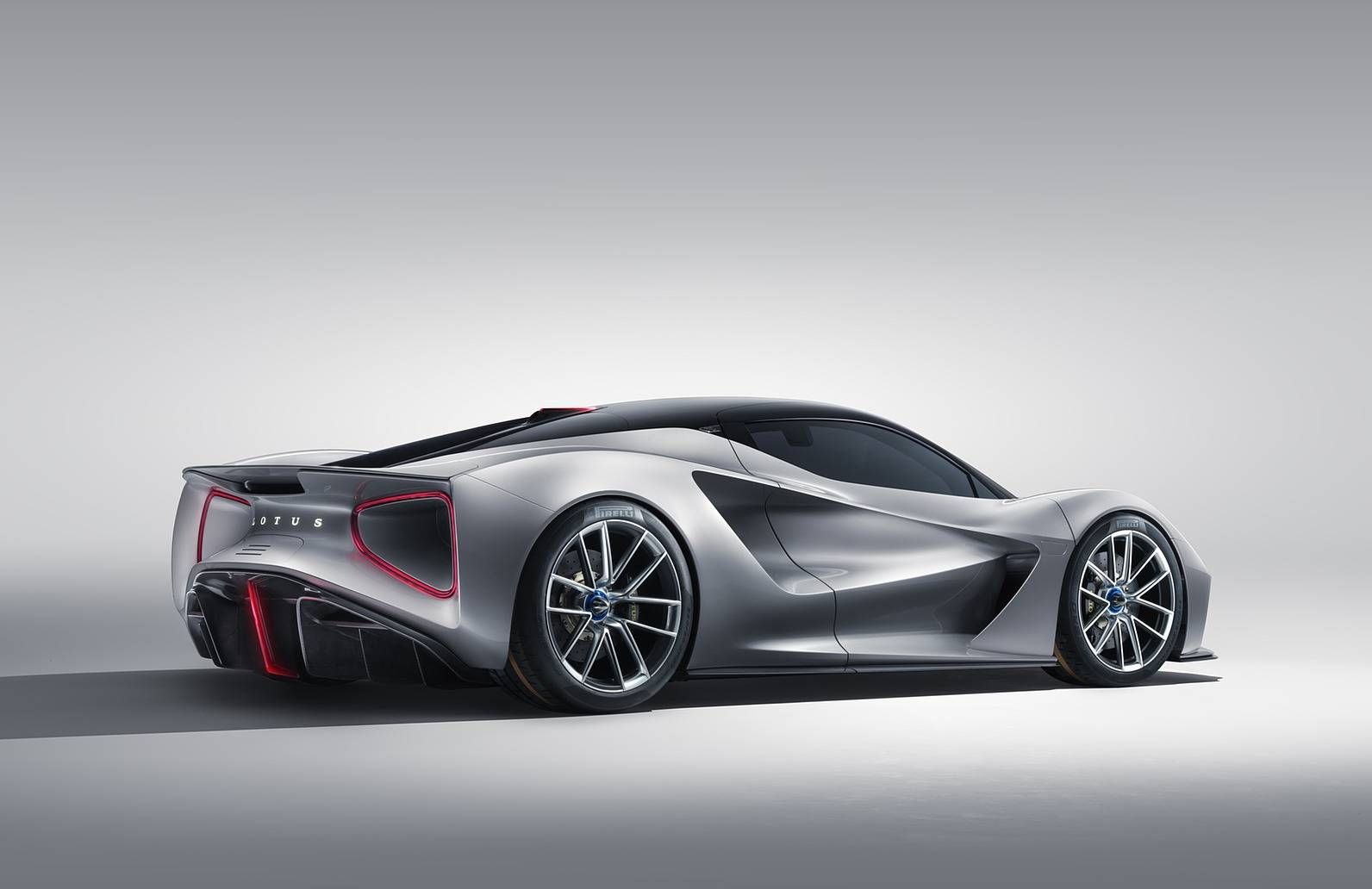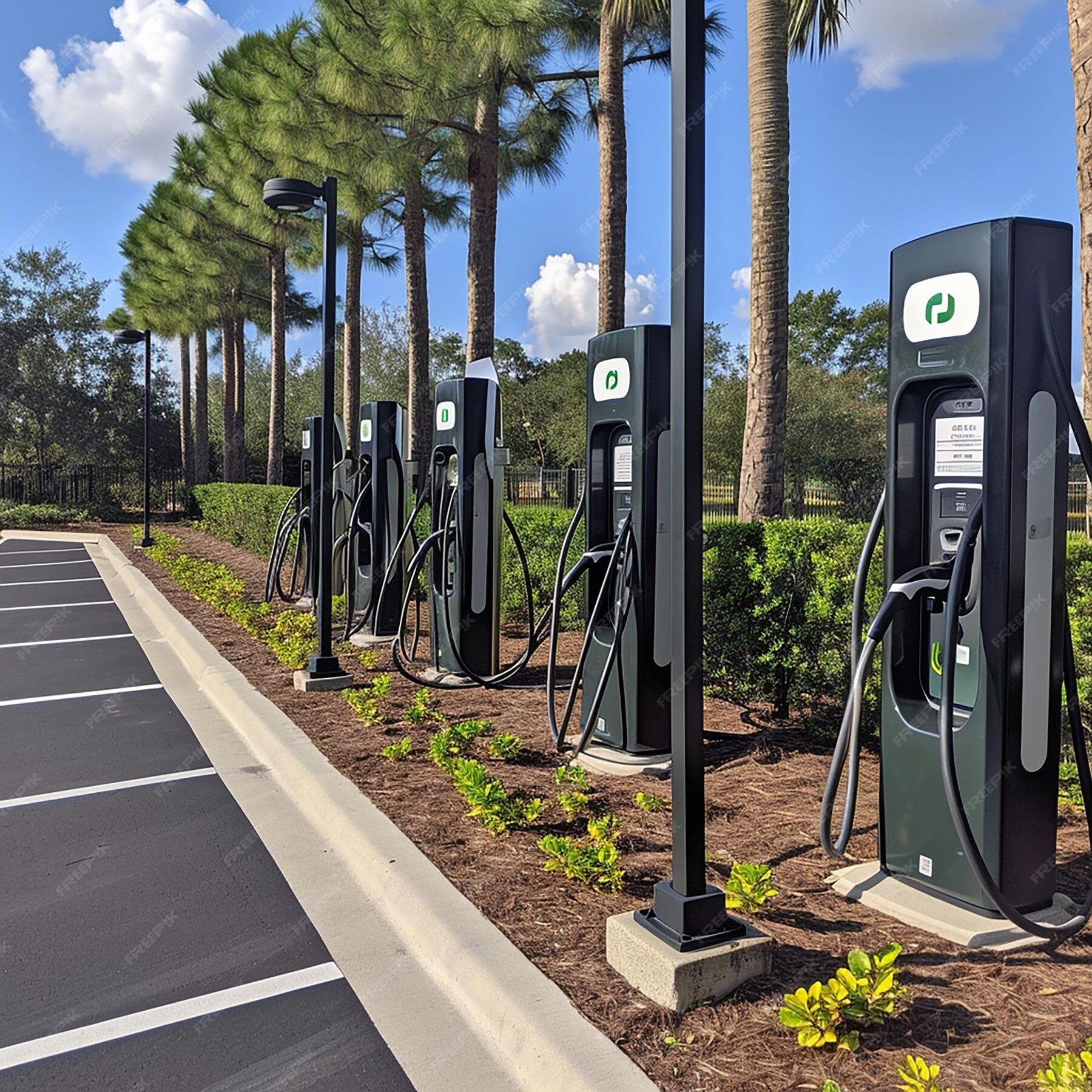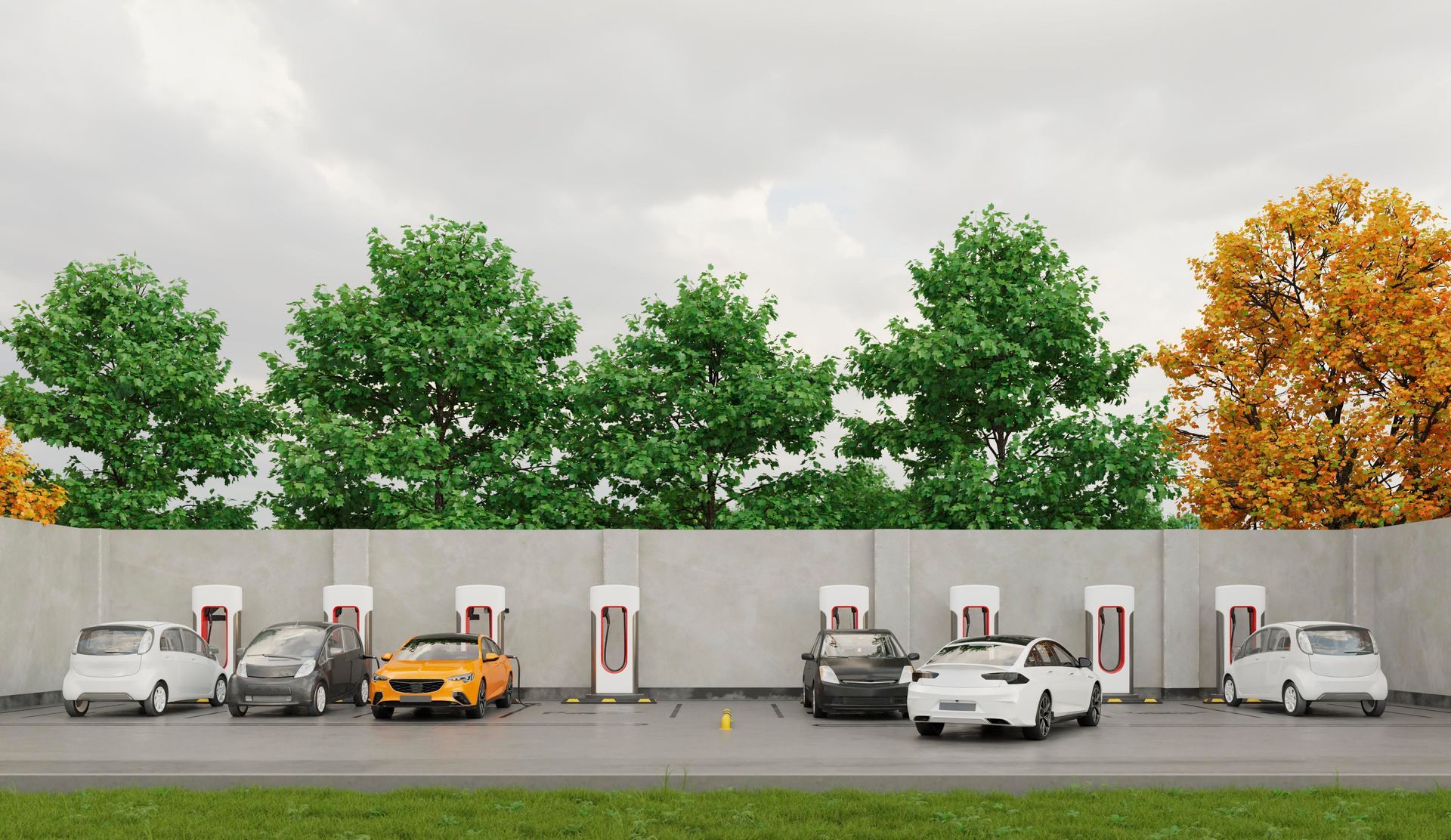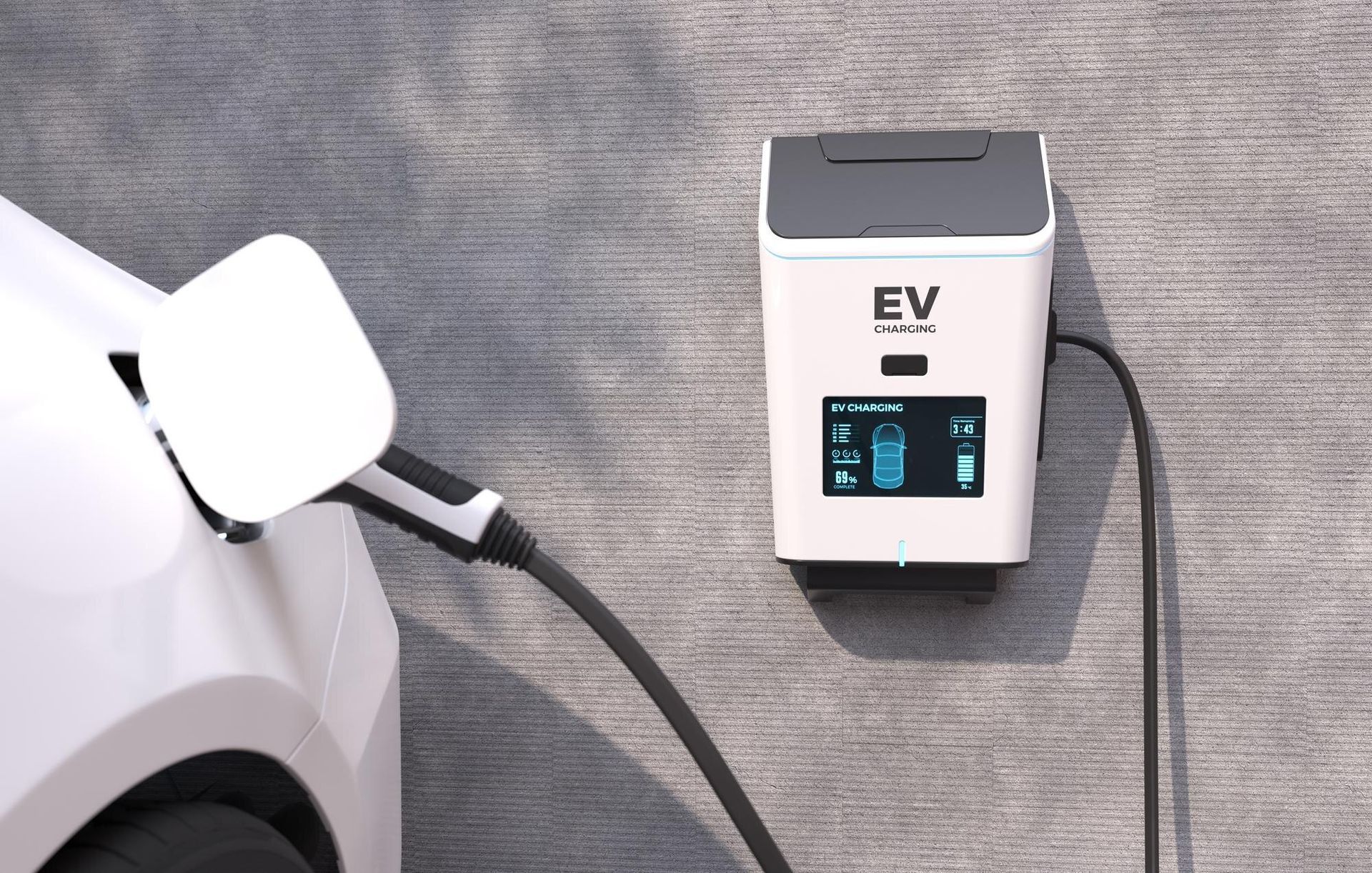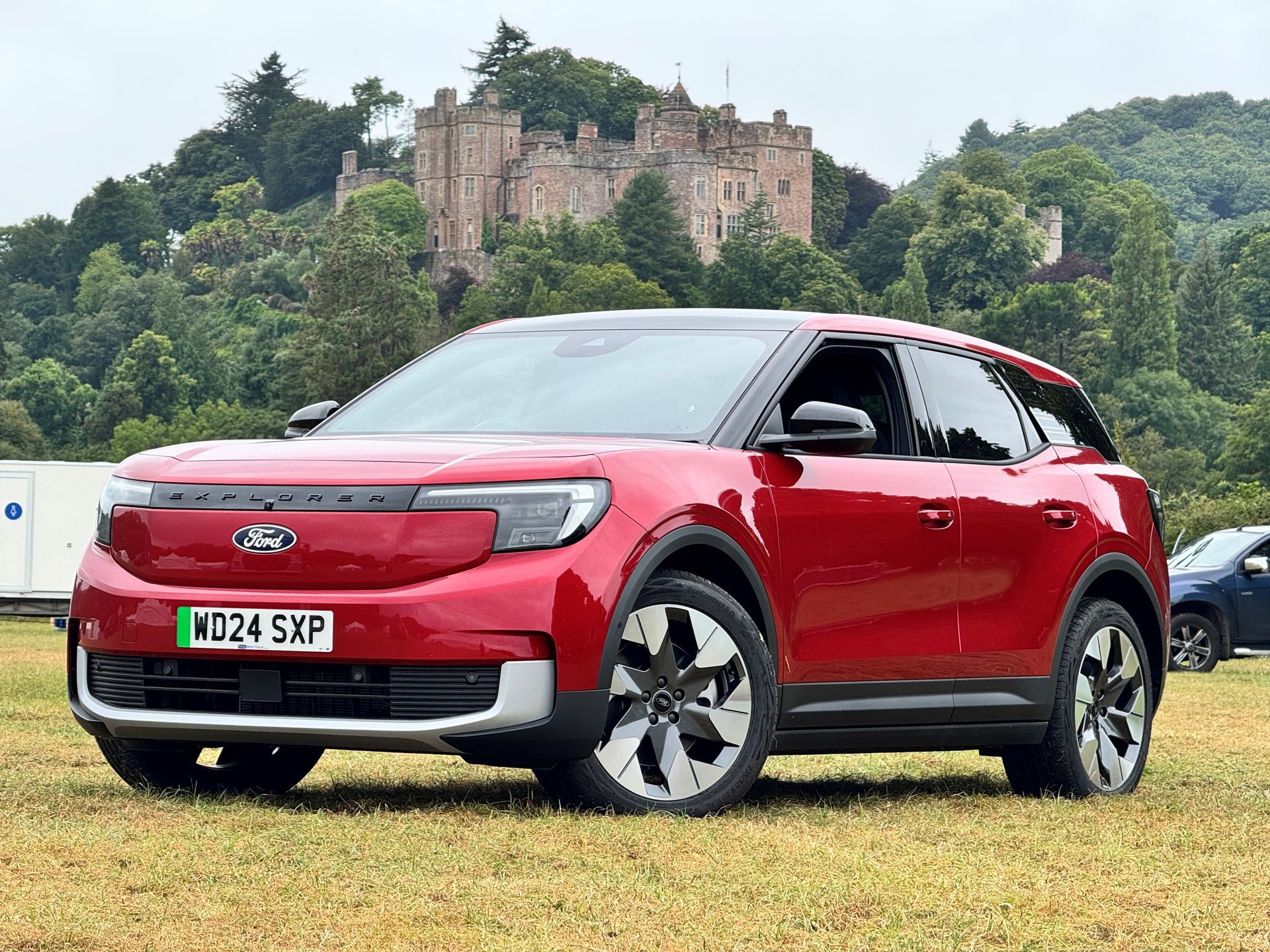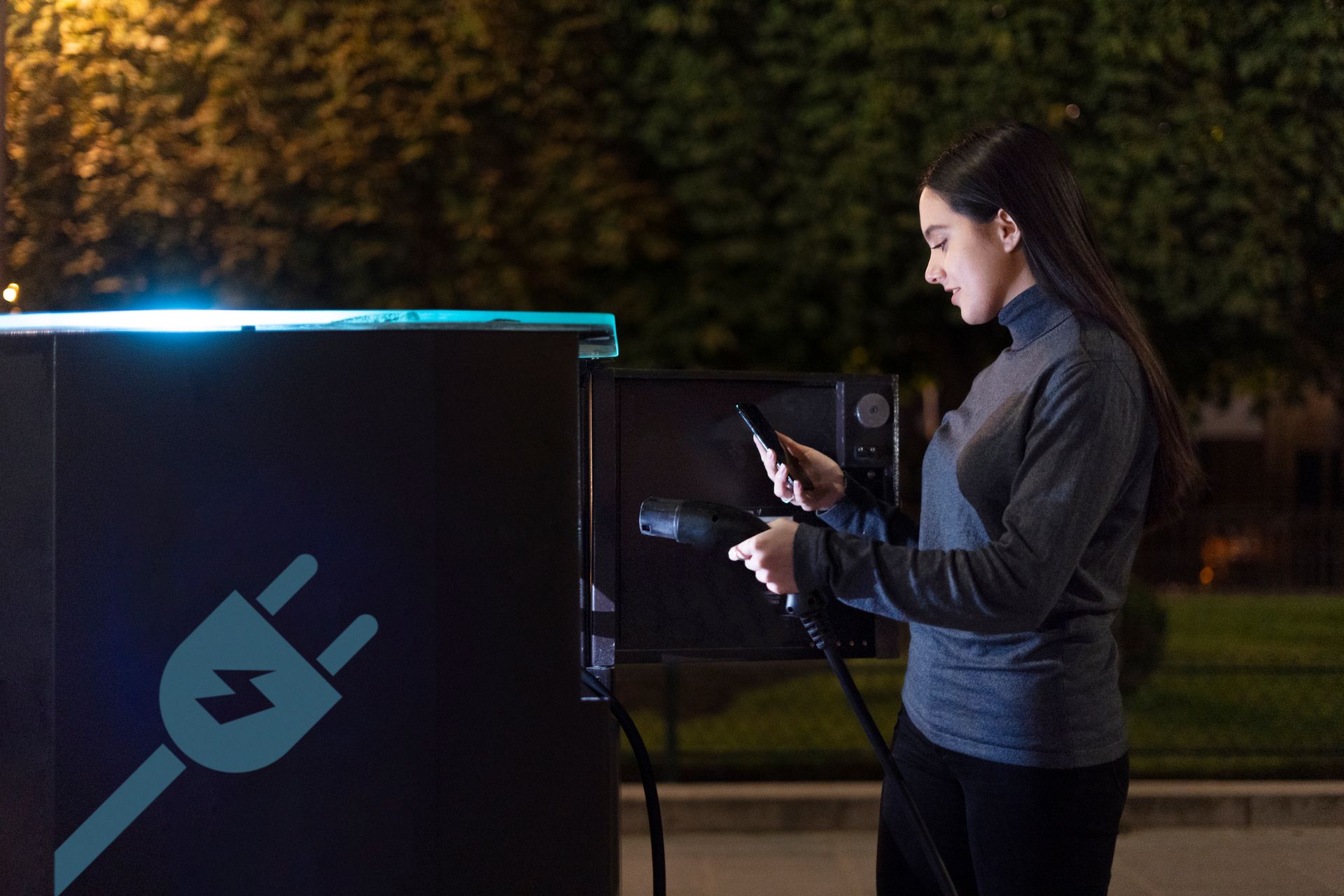752 Miles Per Charge On A Tesla Model S?
Modified Tesla Model S has been verified as driving 752 miles!
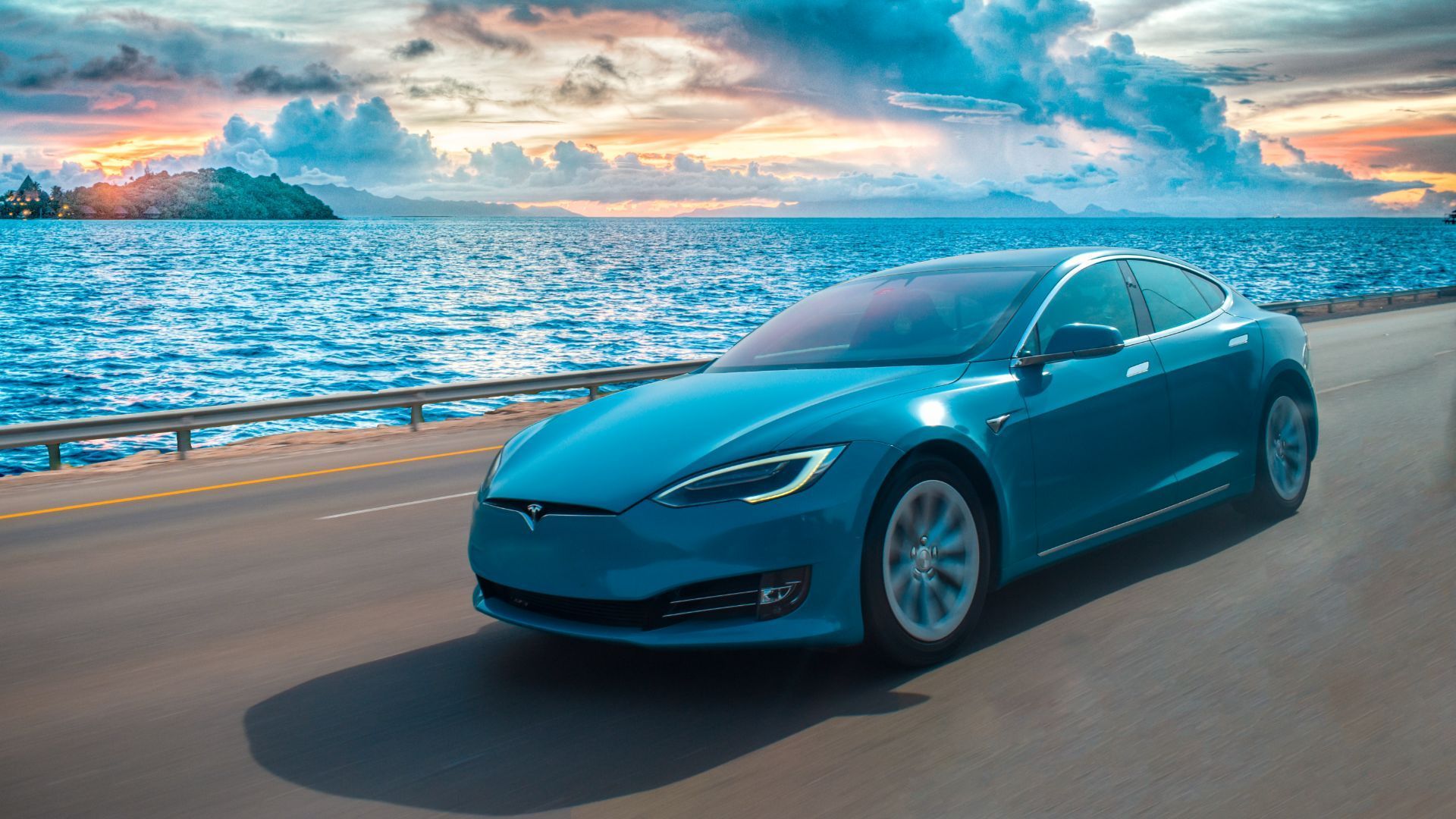
A modified Tesla Model S has been verified as driving 752 miles on a single charge using an Our Next Energy (ONE) battery that takes up exactly the same space as the original Tesla battery. The ONE Gemini battery is reckoned to have done a 90% greater distance than the EPA rating of the same Tesla Model S system.
Range Anxiety No Longer
Even with the cheaper LFP batteries in modern EVs, you can still drive farther than your bladder or belly could handle. On a good run, 100-150 miles is about as much as your body can take, which is roughly the same as a typical battery’s range on the motorway.
But we still hear the murmurs that a fossil fuel car can do 400 miles without being topped up. This is where range anxiety hits madness doesn’t it? Those pointing this out probably don’t have a catheter to keep going while on a run to their
mother-in-law’s do they?
The Tech
ONE did the drive in Michigan in December using a Tesla Model S. They fitted their own battery pack into the car, using just the same space as the Tesla NMC battery. They then did a steady 55mph on the roads around the state, achieving 752 miles before running out of juice. This was independently verified.
The Michigan based battery tech firm then put the car on a dynamometer (similar to that used by the EPA) and achieved 852 miles. This shows that battery chemistry has a lot to give before the end of lithium ion batteries. If we’re talking an extra 90% of capacity for the same volume as Tesla’s 402 mile EPA rated battery currently in production currently things could get very interesting indeed.
Promoting Something Not So Brilliant
The Gemini battery used will be ready as a production prototype for 2023. The firm is promoting its next generation Aries LFP battery with an energy density of 144Wh/kg. LFP is the type of battery going into cars for the lower end of the market - think Fords and VWs as opposed to Audis and Mercs. It has lower density and uses lithium, iron and phosphorus (as opposed to nickel, cobalt and manganese on premium models).
Sadly ONE are behind the game. Chinese battery and car makers BYD have already started selling their Blade batteries to the likes of Tesla that achieve 150Wh/kg. On a 500kg battery that would amount to 3kWh less per unit.
One would hope for ONE’s sake that their Gemini is a quantum leap ahead of other production batteries when it’s ready for production next year or it could be a big push to make another run of the mill battery in an already competitive market with far more established players…



